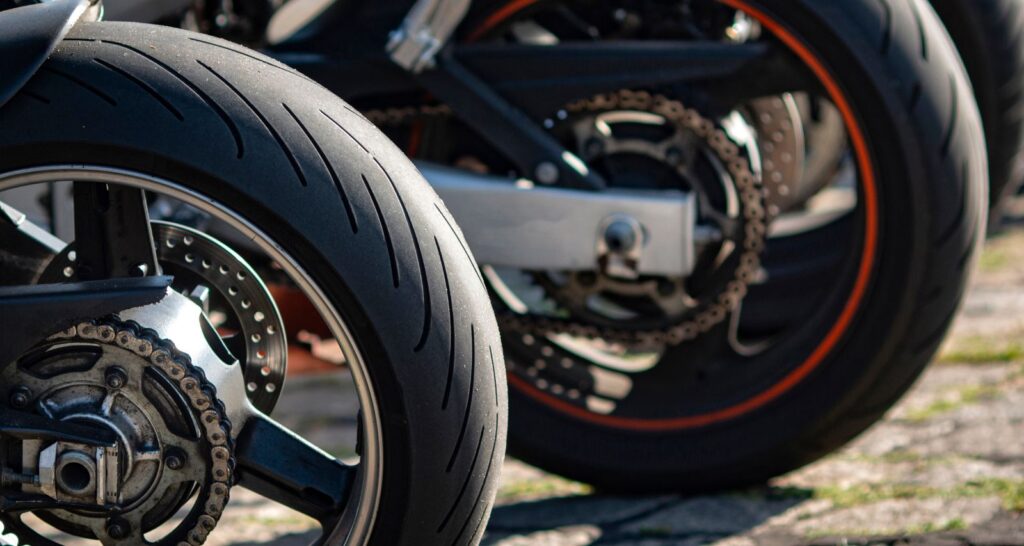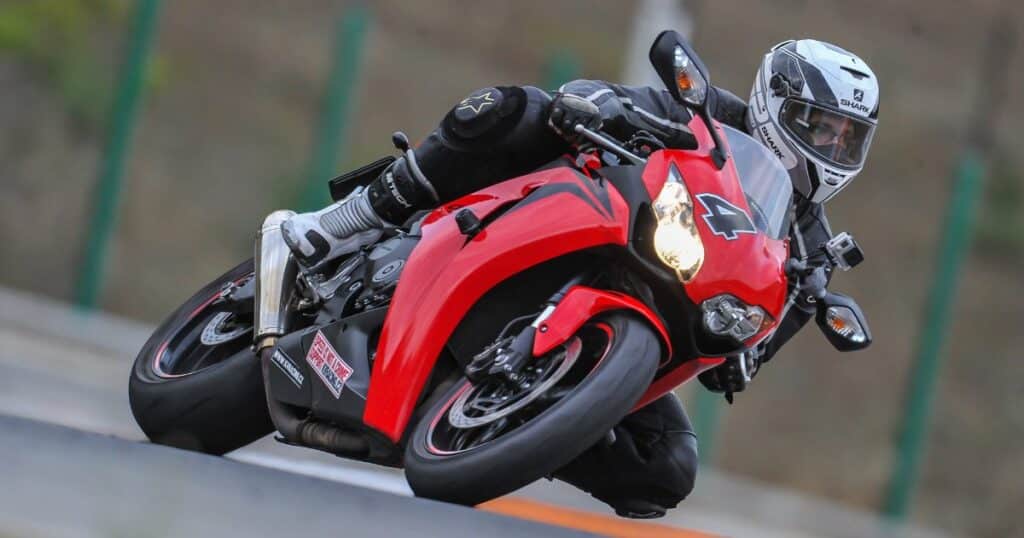As trade tensions and tariffs reshape global markets, motorcycle manufacturers are making bold moves to stay competitive. Companies like KTM, Honda, and even Harley-Davidson are increasingly shifting their manufacturing and assembly operations to Latin America and Asia. These strategic relocations are designed to avoid costly tariffs, reduce production expenses, and streamline access to the U.S. market.
This supply chain shuffle marks a significant change in how major brands bring motorcycles to American consumers. Rather than building everything in their home countries, many OEMs are turning to more tariff-friendly regions for final assembly. The result is a faster, leaner distribution model — and a motorcycle industry that looks very different than it did just a few years ago.
I. The Tariff Trigger
The recent wave of trade tariffs has disrupted long-established supply chains across industries — and motorcycles have been no exception. U.S. tariffs on European goods, along with retaliatory measures from the EU, have made it increasingly expensive to manufacture in traditional locations like Austria or Germany. These added costs often translate into higher retail prices, reduced profit margins, or both.
Motorcycle manufacturers are particularly sensitive to tariffs because of the narrow margins involved in powersports sales. A 10–20% increase in import costs can drastically alter the economics of bringing a motorcycle to market. Instead of passing these costs to consumers, brands are choosing to avoid them altogether by moving key production steps elsewhere.
For example, Harley-Davidson publicly stated that U.S. and EU trade conflicts were among the top reasons it relocated some manufacturing overseas. The goal wasn’t just about cost-cutting — it was about preserving competitiveness in major markets without triggering new tariffs. In many ways, tariffs have become the catalyst for a full-scale overhaul of global production strategies.
II. Strategic Relocation by Brand
KTM
- KTM Expands into India: KTM partners with Bajaj Auto to assemble select models in India. This helps reduce tariff exposure while tapping into one of the world’s most cost-effective production environments.
- Lower Logistics Costs: Proximity to Asian ports and integration with Bajaj’s supply chain reduce shipping and overhead expenses. This efficiency allows for better pricing in the U.S. market.
- Quicker Time to Market: Regional production means shorter lead times and faster fulfillment for U.S. dealerships. KTM gains more agility in responding to demand spikes and dealer orders.
Honda
- Thailand and India as Key Hubs: Honda assembles a significant portion of its smaller bikes in Thailand and India. These regions offer competitive labor costs and easier trade terms with the U.S.
- Trade Agreement Advantages: Manufacturing in these countries means reduced or eliminated tariffs under regional trade agreements. This supports Honda’s aggressive pricing in the U.S. entry-level segment.
- Latin American Expansion: Honda is increasingly using facilities in Brazil and Mexico for U.S.-bound models. This ensures better supply chain continuity across the Americas.
Harley-Davidson

Harley-Davidson is perhaps the most iconic American motorcycle brand, yet even it has adapted to international production pressures. Facing stiff EU tariffs on bikes made in the U.S., Harley opened assembly operations in Thailand to serve overseas markets and, when appropriate, redirect units to North America. While controversial at home, the move reflects an urgent need to stay competitive globally.
By assembling certain Sportster and Street models in Thailand, Harley can bypass EU retaliatory tariffs that would otherwise raise costs by as much as 31%. This approach helps Harley retain its European market share while also creating an alternative route for U.S. distribution, if needed. It’s a contingency plan that protects the brand from political and economic uncertainty.
More recently, Harley has hinted at exploring Latin American options to support its U.S. network. With the demand for more accessible price points and global supply diversification, this iconic brand is taking bold steps to modernize its operations. It’s a pragmatic shift driven not by preference, but necessity.
III. Why Latin America and Asia?
- Lower Production Costs: Labor in Southeast Asia and Latin America costs a fraction of that in Europe. This significantly reduces the total cost of production for OEMs.
- Favorable Trade Agreements: Countries like Mexico benefit from USMCA, allowing easier access to the U.S. without steep import duties. These agreements make relocation a financially sound strategy.
- Streamlined Logistics: Proximity to U.S. ports and reduced ocean freight times make these regions more efficient. This shortens supply chains and reduces inventory lag.
Additionally, manufacturing closer to the U.S. market allows for better demand forecasting. Brands can avoid large-scale overproduction and more precisely align shipments with real-time sales data. For global manufacturers, agility and responsiveness now trump the old model of centralized production.
Finally, regional manufacturing helps insulate supply chains from disruptions like pandemics, political instability, or port congestion. Brands can pivot more easily between production hubs as needed. This level of flexibility wasn’t possible under the old manufacturing systems.
IV. Fueling Change in the U.S. Landscape
The relocation of manufacturing to Latin America and Asia is already changing how bikes are distributed across the U.S. For dealers, this means more reliable inventory pipelines and potentially lower wholesale costs. For customers, it could translate into better pricing, especially in the mid-range and commuter categories.
One key benefit is product availability. As brands rely less on long shipping routes from Europe, they’re able to meet demand more quickly in peak seasons. This is especially crucial during times of economic uncertainty or supply chain disruption, when delays can severely impact sales.
Additionally, the parts and aftermarket sectors are feeling the effects. As more components are sourced from Asia and Latin America, service departments gain access to a broader and often more affordable range of replacement parts. This helps dealerships improve profit margins on service while also passing savings on to customers.
V. AA Motorcycle Shipping Supports the New Supply Chain
As manufacturing shifts to new global locations, logistics must evolve in step. AA Motorcycle Shipping helps bridge the gap by offering nationwide motorcycle transportation services tailored for both dealers and individual customers. We ensure motorcycles arriving from ports or bonded warehouses can be delivered safely and efficiently across all 50 states.
While we aren’t involved in overseas freight or manufacturing, we play a key role in the final leg of distribution. Once a motorcycle hits U.S. soil — whether from a Thai factory or a Mexican assembly line — we handle the secure, insured delivery to its final destination. For dealerships adjusting to the new global model, this last-mile reliability is more important than ever.
As supply chains grow more complex, working with experienced domestic shippers ensures that the benefits of global manufacturing can be fully realized on the ground. By coordinating closely with importers, distributors, and dealerships, we help simplify the domestic journey of internationally assembled motorcycles.
VI. In Summary
The global motorcycle industry is undergoing a major transformation as brands respond to tariffs, rising costs, and changing consumer demands. KTM, Honda, and Harley-Davidson are just a few of the manufacturers leading the charge in relocating production to Latin America and Asia. This shift isn’t just about saving money — it’s about building a more resilient and responsive supply chain.
For U.S. dealers and buyers, the result is likely to be faster delivery, better pricing, and broader availability of bikes and parts. The old model of centralized European production is giving way to a distributed, regionally focused strategy that aligns better with today’s economic and political realities.
As this new era unfolds, businesses across the supply chain — from OEMs to shippers like AA Motorcycle Shipping — will need to remain flexible and forward-thinking. One thing is clear: in the age of tariffs and global volatility, those who adapt will thrive.




